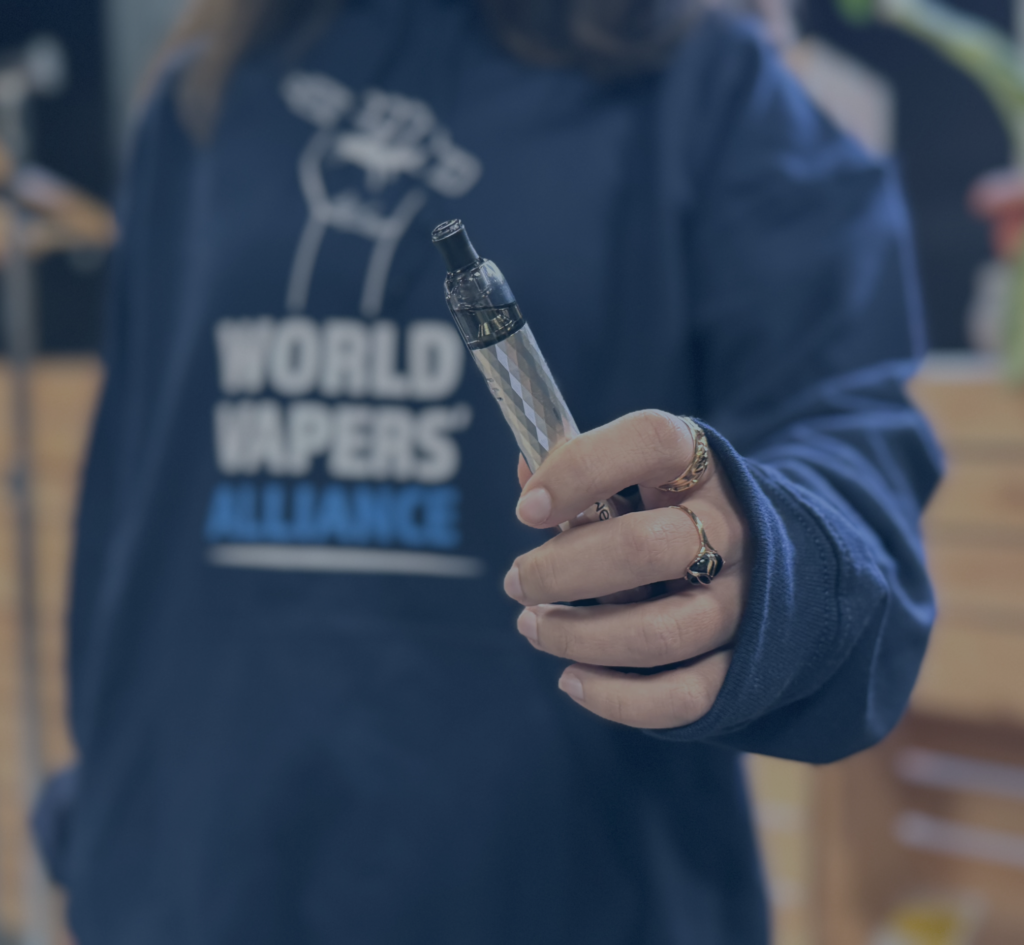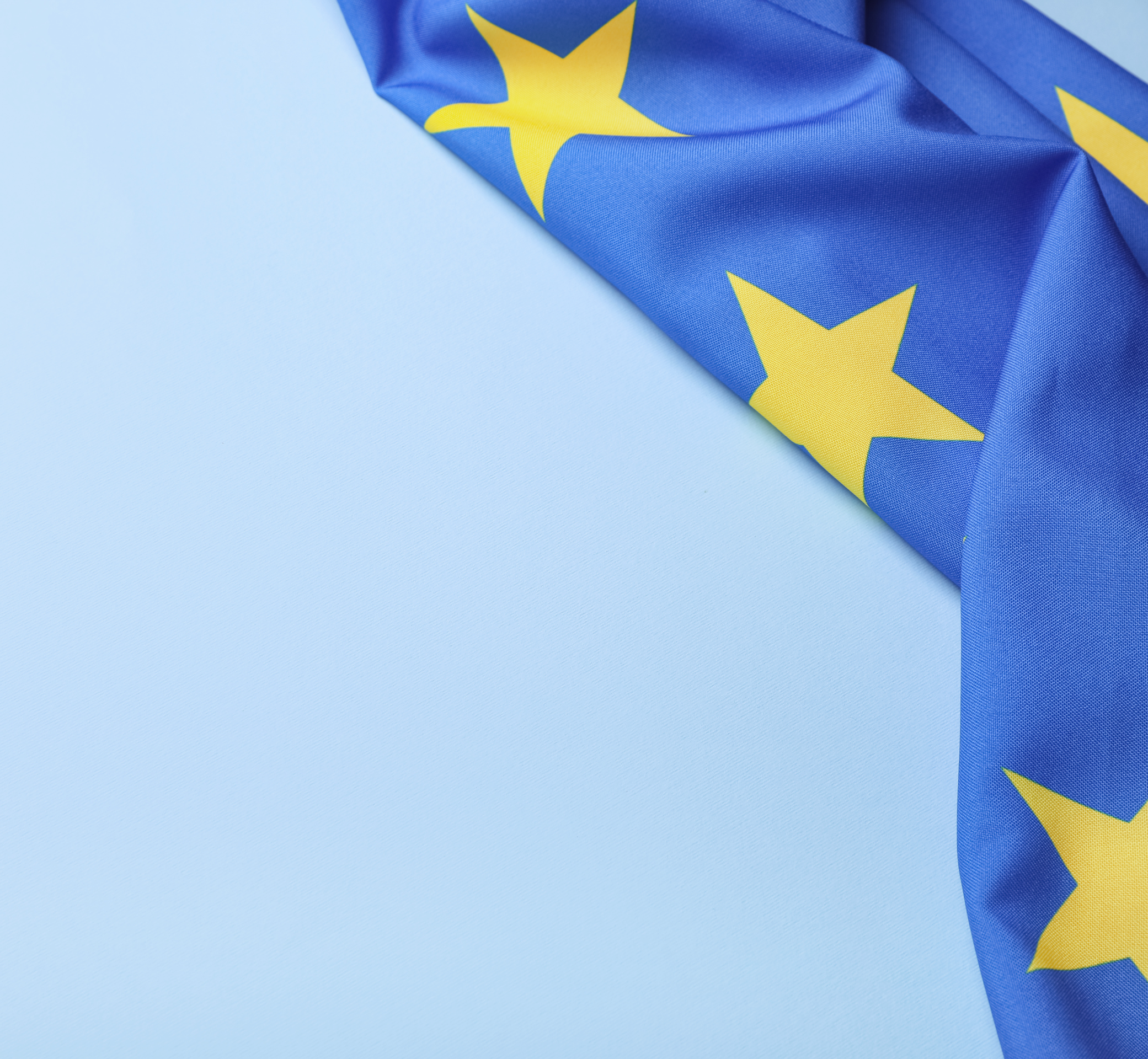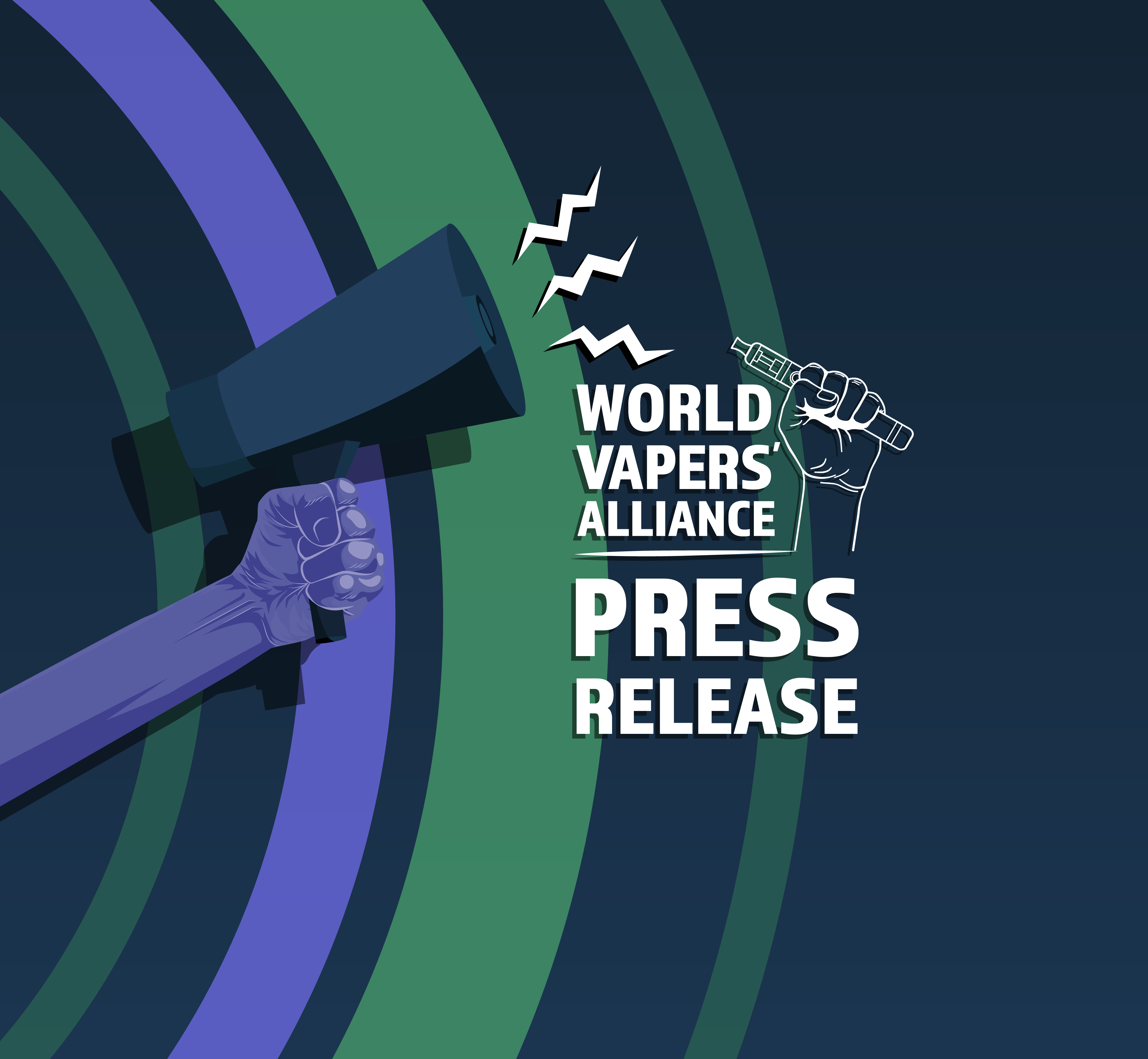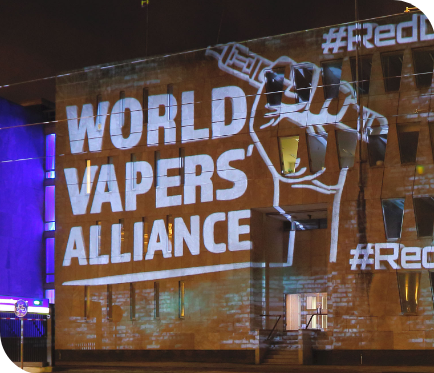Als Brasilianerin, die sich leidenschaftlich für Schadensminimierung und individuelle Freiheit einsetzt, bin ich frustriert, wenn ich mir die Situation rund ums Dampfen in Brasilien ansehe.
Es ist ein Land, das in der Vergangenheit festzustecken scheint, an überholten Strategien und Panikmache festhält, während die Menschen – im wahrsten Sinne des Wortes – mit ihrer Gesundheit dafür bezahlen. Aber es muss nicht so sein. Es gibt ein leuchtendes Beispiel, an dem wir uns orientieren können: Schweden.
Schweden ist weltweit führend in der Tabakschadensminderung, und sein Erfolg ist unbestreitbar. Durch innovative Maßnahmen und einen realistischen Umgang mit Nikotinkonsum hat das Land etwas Außergewöhnliches erreicht: eine rekordniedrige Raucherquote von nur 51 %. Es hat das Rauchen im Grunde überflüssig gemacht, nicht durch ein Verbot von Alternativen, sondern durch deren Förderung.
TDer brasilianische Ansatz: Verbot und Stigmatisierung
In Brasilien befindet sich das Dampfen in einer rechtlichen Grauzone. E-Zigaretten, Tabakerhitzer, nikotinhaltige E-Liquids und alles, was mit Tabakerhitzern zu tun hat, sind gänzlich verboten. Die offizielle Position der ANVISA (Brasiliens Nationale Gesundheitsbehörde) ist eindeutig: Dampfen ist gefährlich und sollte unbedingt vermieden werden, vor allem im Hinblick auf die Jugend.
Aber der Clou ist: Die Leute dampfen immer noch.
Der Schwarzmarkt für E-Zigaretten floriert und ist völlig unreguliert. Anstatt die Sicherheit dieser Produkte zu gewährleisten, macht das brasilianische Verbot die Verbraucher anfällig für gefälschte und potenziell schädliche Artikel. Schlimmer noch: Die Rhetorik rund um das Thema Dampfen ist alarmistisch. Öffentliche Gesundheitskampagnen, Schlagzeilen und Berichte in den lokalen Nachrichten verteufeln das Dampfen um jeden Preis und stellen es mit herkömmlichen Zigaretten gleich (oder behaupten gar, diese seien schädlicher), obwohl es weltweit überwältigende wissenschaftliche Beweise dafür gibt, dass Dampfen deutlich weniger schädlich ist.
Infolgedessen greifen Raucher, die möglicherweise auf eine sicherere Alternative umgestiegen wären, entweder weiterhin zu Zigaretten oder riskieren den Konsum unregulierter Produkte, und Jugendliche kaufen E-Zigaretten auf dem Schwarzmarkt. Eine Situation, in der alle verlieren.
Andererseits müssen wir Schweden betrachten. Dieses kleine skandinavische Land hat sich zu einem globalen Vorreiter in Sachen Schadensminimierung entwickelt, indem es genau das Gegenteil von dem tut, was Brasilien tut. Anstatt Verbote auszusprechen, fördert Schweden den Zugang zu weniger schädlichen Nikotinprodukten wie Snus und, in jüngerer Zeit, E-Zigaretten.
Snus – ein rauchloses Tabakprodukt – ist ein wichtiger Bestandteil der schwedischen Strategie. Während Snus in anderen EU-Mitgliedstaaten verboten ist, handelte Schweden eine Ausnahmeregelung aus, da man das Potenzial des Produkts zur Senkung der Raucherquote erkannte. Das Ergebnis? Ein drastischer Rückgang rauchbedingter Krankheiten und Todesfälle. Als das Dampfen aufkam, verfolgte Schweden denselben pragmatischen Ansatz. Anstatt es zu fürchten, begrüßte man es als weiteres Mittel zur Schadensminderung. Die schwedischen Behörden konzentrieren sich darauf, die Öffentlichkeit über die relativen Risiken von Nikotinprodukten aufzuklären. Die Botschaft ist klar: Obwohl kein Nikotinprodukt völlig unbedenklich ist, sind Alternativen wie das Dampfen weitaus weniger schädlich als das Rauchen.
Und die Zahlen sprechen für sich. Schwedens Krebsraten aufgrund von Tabakkonsum sind die niedrigsten in Europa. Man stelle sich das einmal vor: Ein Land, das sich für Aufklärung und Zugänglichkeit statt für ein Verbot entschieden hat, ist heute weltweit führend im Bereich der öffentlichen Gesundheit.
Brasilien muss endlich aufwachen und das große Ganze betrachten. Der Kampf gegen das Dampfen nützt niemandem – er schadet Rauchern, stärkt den Schwarzmarkt und verschwendet öffentliche Gelder für ineffektive Kampagnen. Das Land muss seine Denkweise von “Aufhören oder sterben” hin zur Schadensminimierung ändern. Menschen werden immer Nikotin konsumieren, und das Angebot sichererer Alternativen ist der verantwortungsvolle Weg in die Zukunft.
Okay, aber was können wir tun?
Da wir bereits wissen, dass Verbote nicht funktionieren, sollten wir E-Zigaretten regulieren und sicherstellen, dass sie Sicherheitsstandards erfüllen. Dies würde Verbraucher schützen und den Schwarzmarkt eindämmen. Auch Angstkampagnen sind definitiv wirkungslos; vielmehr kann die Aufklärung über die Risiken des Rauchens im Vergleich zur relativen Sicherheit des Dampfens einen entscheidenden Unterschied machen. Und nicht zuletzt…, Die beste und effektivste Methode, um dies zu erreichen, besteht darin, Raucher zum Umstieg zu befähigen.. Statt Raucher zu beschämen, sollte man ihnen die freie Wahl lassen (da sie ja selbstverständlich die Wahl haben), auf sicherere Alternativen umzusteigen. Das bedeutet, dass man E-Zigaretten legal, zugänglich und erschwinglich machen muss.
Und warum ist das alles wichtig?
Hier geht es nicht nur um Statistiken zur öffentlichen Gesundheit oder darum, Brasilien in der internationalen Gemeinschaft gut dastehen zu lassen – es geht um das Leben echter Brasilianer.
Jeder Raucher, der keinen Zugang zu einer sichereren Alternative hat, ist dem Risiko schwerwiegender Krankheiten wie Krebs, Herzkrankheiten und Schlaganfall ausgesetzt. Jeder, der ein unreguliertes Produkt kauft, spielt mit seiner Gesundheit. Schweden beweist eindrucksvoll, dass ein Ansatz der Schadensminimierung funktioniert. Es ist an der Zeit, dass Brasilien aufhört, das Dampfen zu verteufeln, und es stattdessen als lebensrettendes Mittel anerkennt.
Als Libertärer und Verfechter von Schadensminimierung glaube ich an die persönliche Freiheit. Menschen sollten das Recht haben, sicherere Alternativen zu wählen, ohne dafür bestraft oder irregeführt zu werden. Die Rolle des Staates sollte darin bestehen, zu informieren, nicht zu kontrollieren.
Ich träume von einer Zukunft, in der Brasilien dem Beispiel Schwedens folgt. Die Raucherquoten sinken drastisch, die öffentliche Gesundheit verbessert sich, und Tausende – wenn nicht Millionen – von Leben werden gerettet. Das ist das Land, das ich mir für Brasilien wünsche, und der erste Schritt dazu ist, sich von der Prohibition zu befreien.
Die Wahl ist klar, und ich hoffe, wir treffen weise Entscheidungen. Es geht um Menschenleben.





Eine Antwort